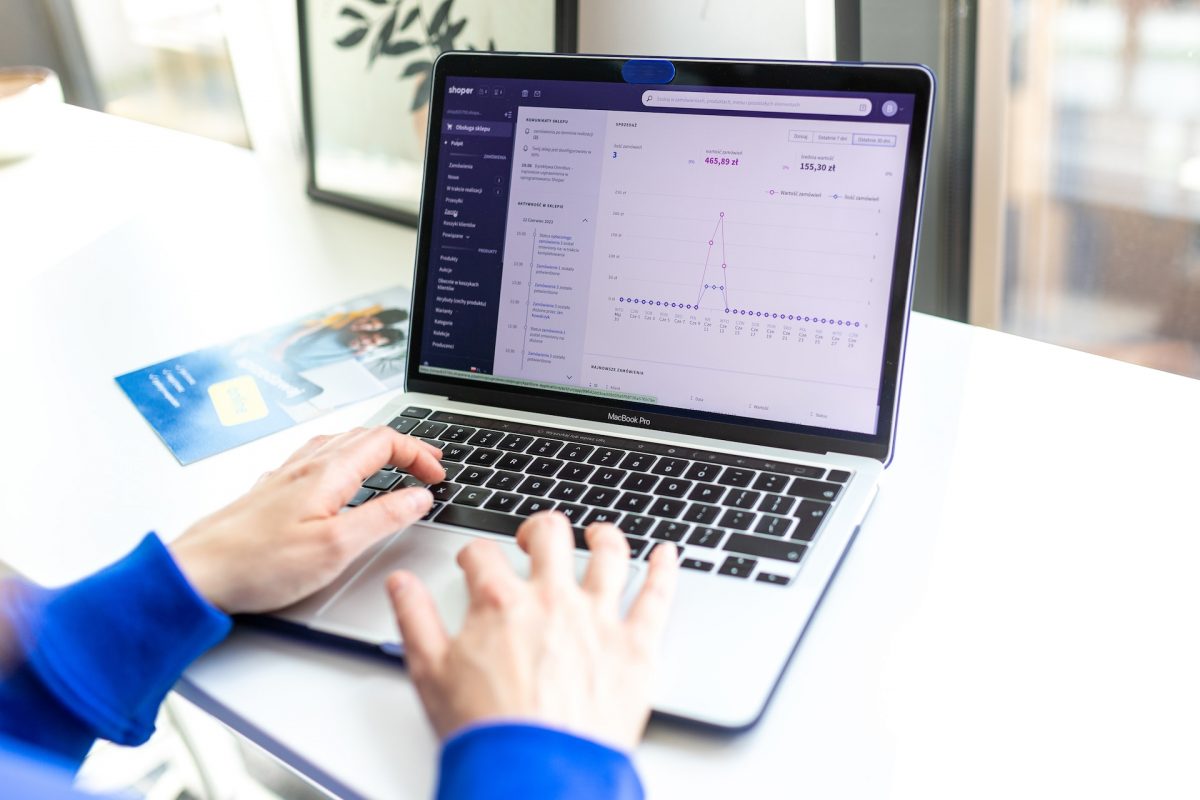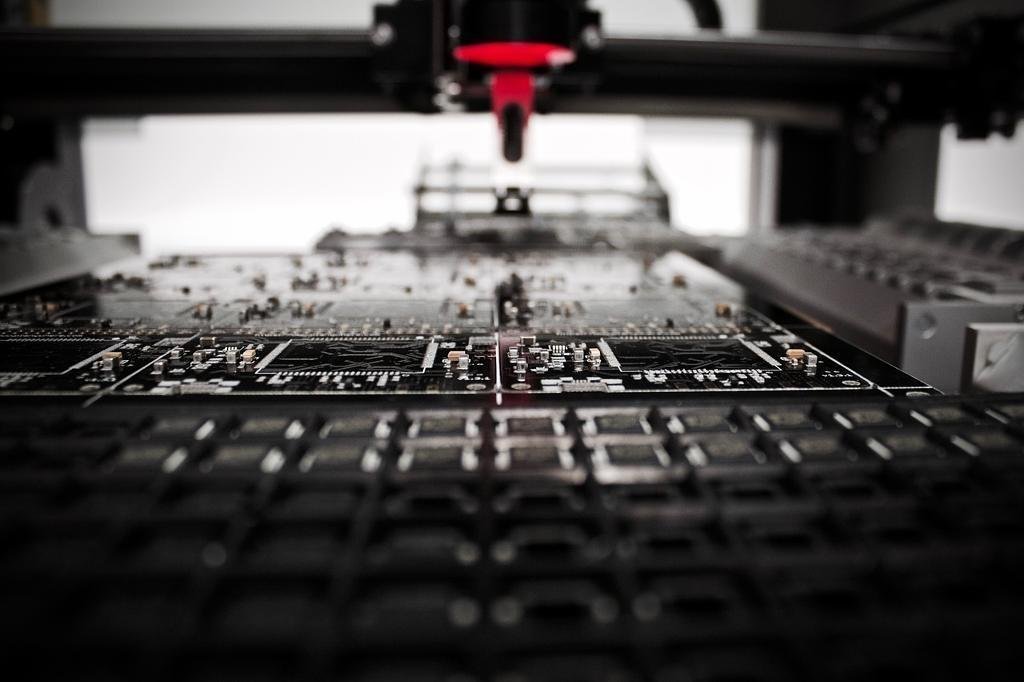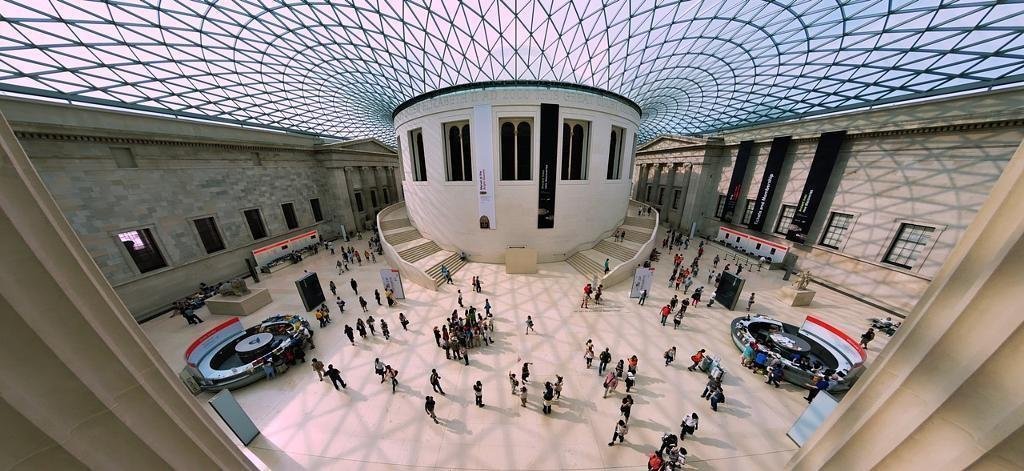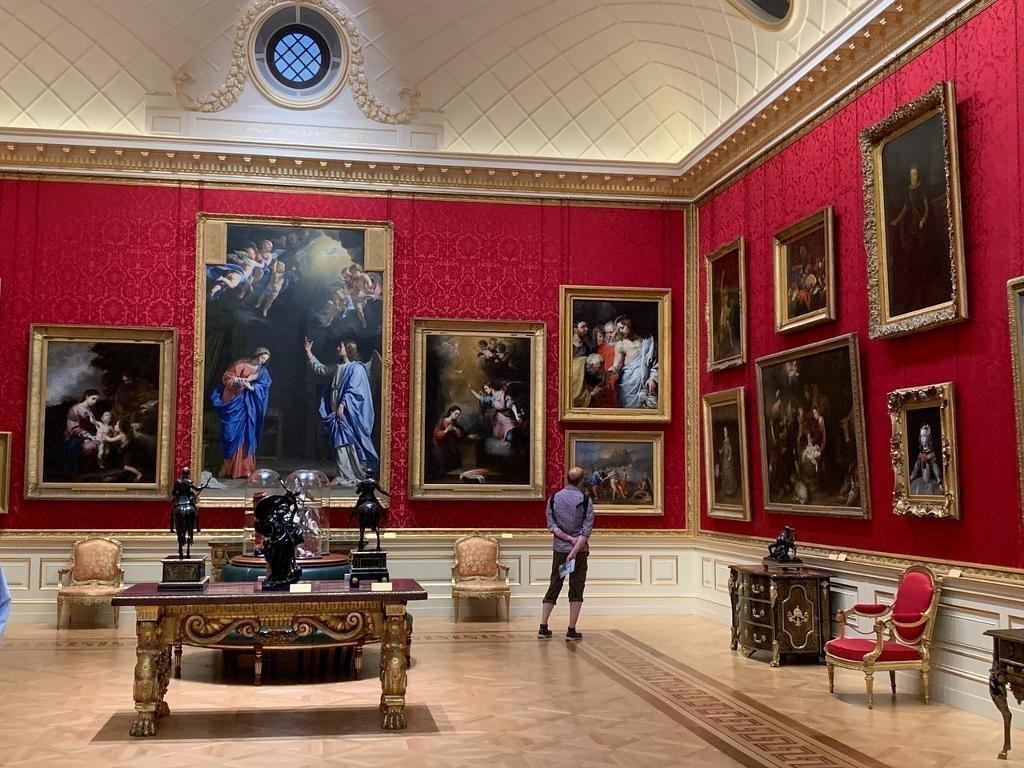Through our collaboration with TLC Worldwide., we developed this fun little app for Tommy Hilfiger in just about 4 weeks. Our dedicated team of developers brought this concept to life, showcasing the power of efficiency, collaboration, and technical expertise. The swift turnaround time speaks volumes about our commitment to delivering high-quality, innovative solutions in record time.
The app supported both English and French versions in order to reach the both the US and Canadian markets.
We understood the importance of providing a seamless experience across devices, and the ‘Shop and Spin’ game delivered just that. Whether accessed on a desktop, tablet, or smartphone, users experienced the same level of excitement and engagement, showcasing our dedication to user-centric design.
We paid meticulous attention to detail, ensuring that every element, from flashing lights to authentic sounds and lifelike spin animations, contributed to an experience where you’d feel as if you were personally spinning an actual wheel.
The impact of the ‘Shop and Spin’ game went beyond its technical brilliance. Thousands of participants not only enjoyed the thrill of winning hotel credits but also contributed to a significant boost in sales. The game became a magnet for customer engagement, turning a routine shopping experience into a memorable and rewarding journey. It was played by thousands and it increased brand loyalty and engagement for Tommy.
Check out a quick video demo of the game here:
If you’re inspired by the innovation behind the ‘Shop and Spin’ game and are looking to bring your own groundbreaking ideas to life, contact us today. We’ll make it happen!









